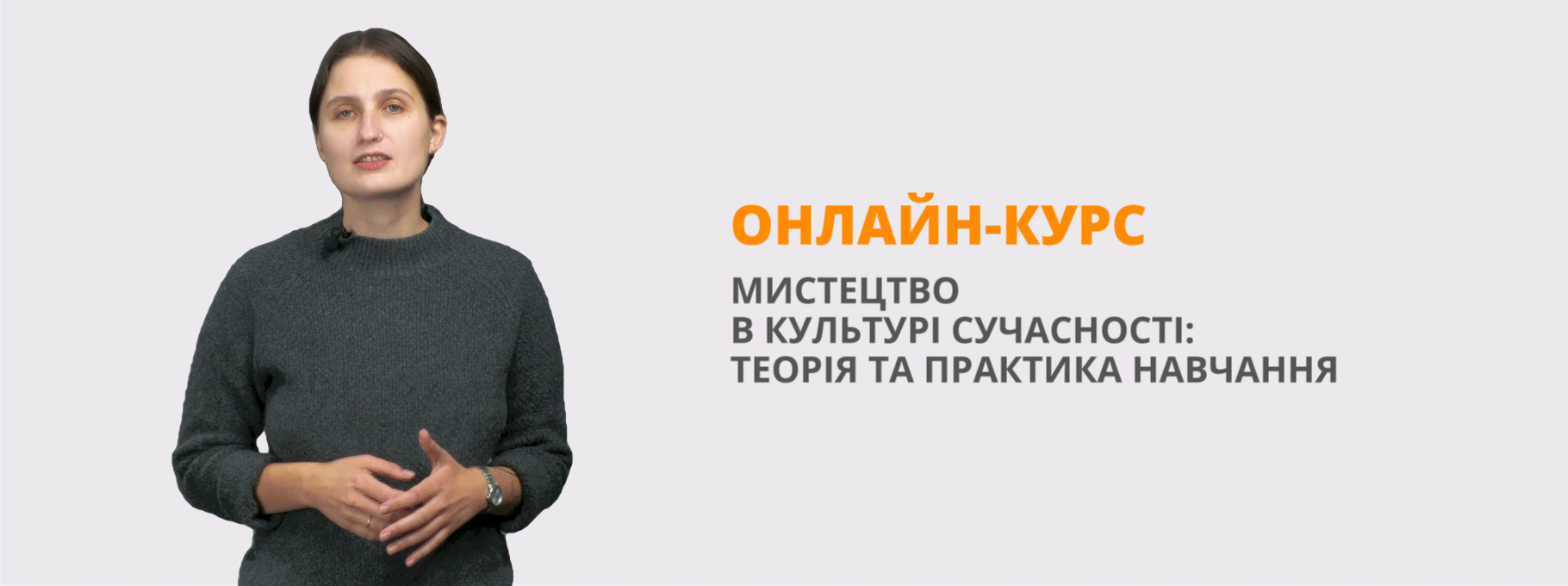Урок CLIL " ICT.Social Networks".
|
Class 8 |
Time 90 minutes |
||
|
Topic ICT. Social Networks
|
|||
|
Aim:
|
|||
|
Learning outcomes: By the end of the lesson students will be able to: 1. discuss the main points of using social networks in everyday life and their importance, 2.organize target language information quickly using visuals and graphic organizes, 3.analyse the similarities and differences of social sites, 4. create their own projects (Social Sites) and present it to the class using, descriptive and new vocabulary from the target language.
|
|||
|
Content ICT vocabulary (SB p.38)
|
Cognition
|
||
|
Communication
|
Culture
|
||
|
Materials and resources: 1. Student book “ Prime Time 3” 2. Workbook 3. Worksheets
|
|||
|
Procedure
|
|||
|
1. Lead-in (10-15 minutes) |
Warm-up: The teacher asks the students how they communicate with their friends, whether they use social networking sites such as Facebook, MySpace, Twitter, etc.
about Social Networks and how they work.
|
||
|
2. Task 1: Reading the text (15-25 minutes) Grammar discovery . |
|
||
|
3. Task 2: Listening to confirm expectations (10 minutes)
|
|
||
|
4. Task 3: Vocabulary extension (10-15 minutes)
|
|
||
|
5. Task 5: Speaking and writing (10-15 minutes)
|
|
||
|
6. Follow-up activities (10 minutes) |
TIP: The choice of follow-up activities will depend on whether content or language is to be the focus. Depth of study, particularly for project work, will depend on time available.
|
||
|
Assessment: students leave their feedbacks (What was the most/least interesting at the lesson? Was the lesson useful for them? What was the highlight of the lesson? What have they learnt?)
|
|||
Worksheet 1
|
Social networking site |
Interact |
|
Connection |
Post |
|
Blogger |
Login name |
|
Personalise |
Expand |
|
Connect |
User-friendly |
|
Community |
Share |
|
Media |
Download |
|
Browse |
Profile |
Worksheet 2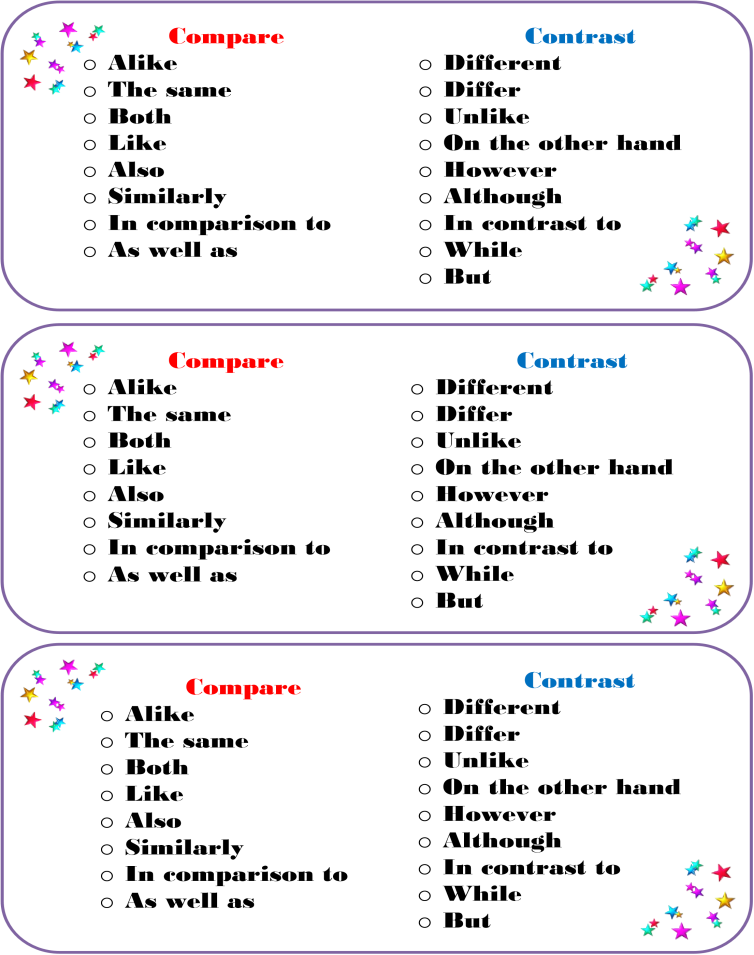
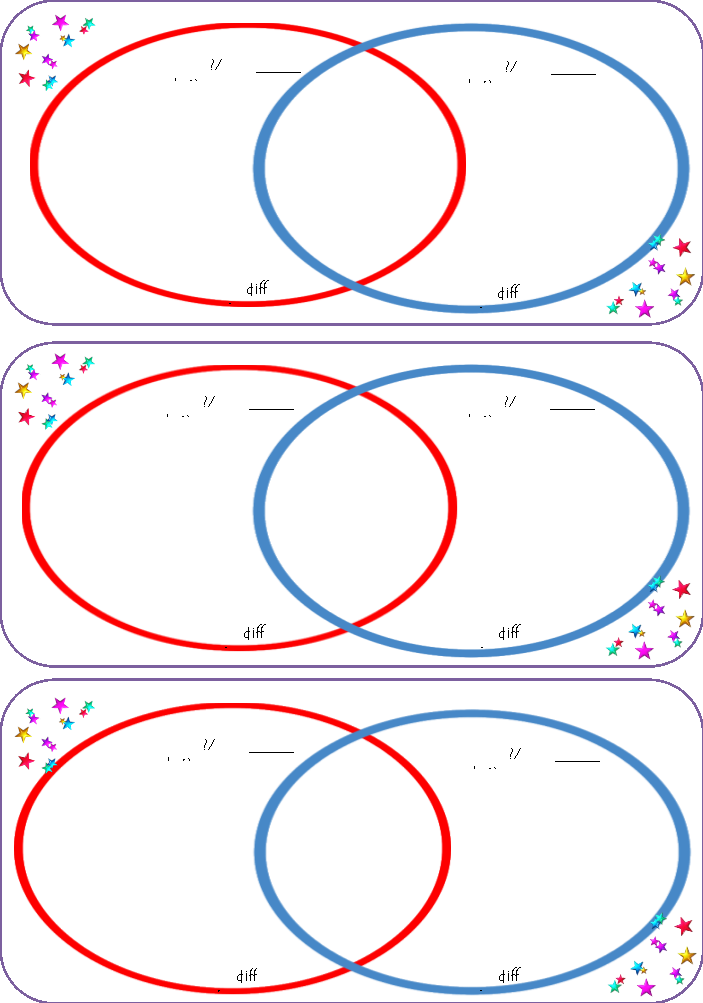
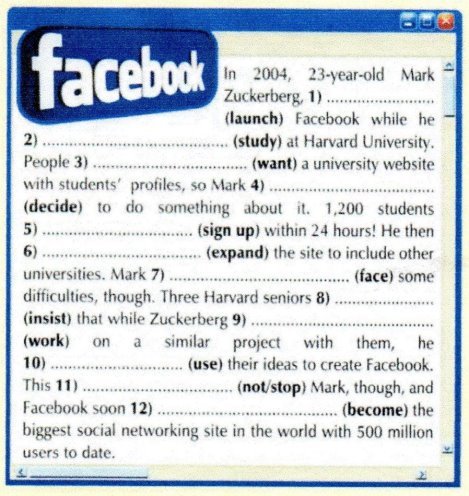 Worksheet 3
Worksheet 3
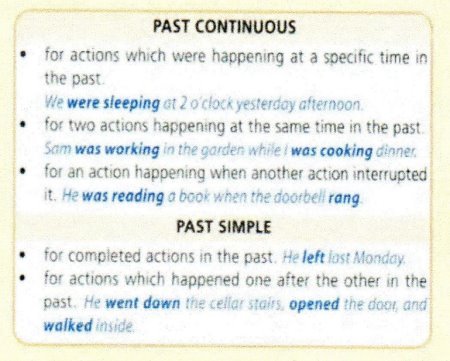


про публікацію авторської розробки
Додати розробку
